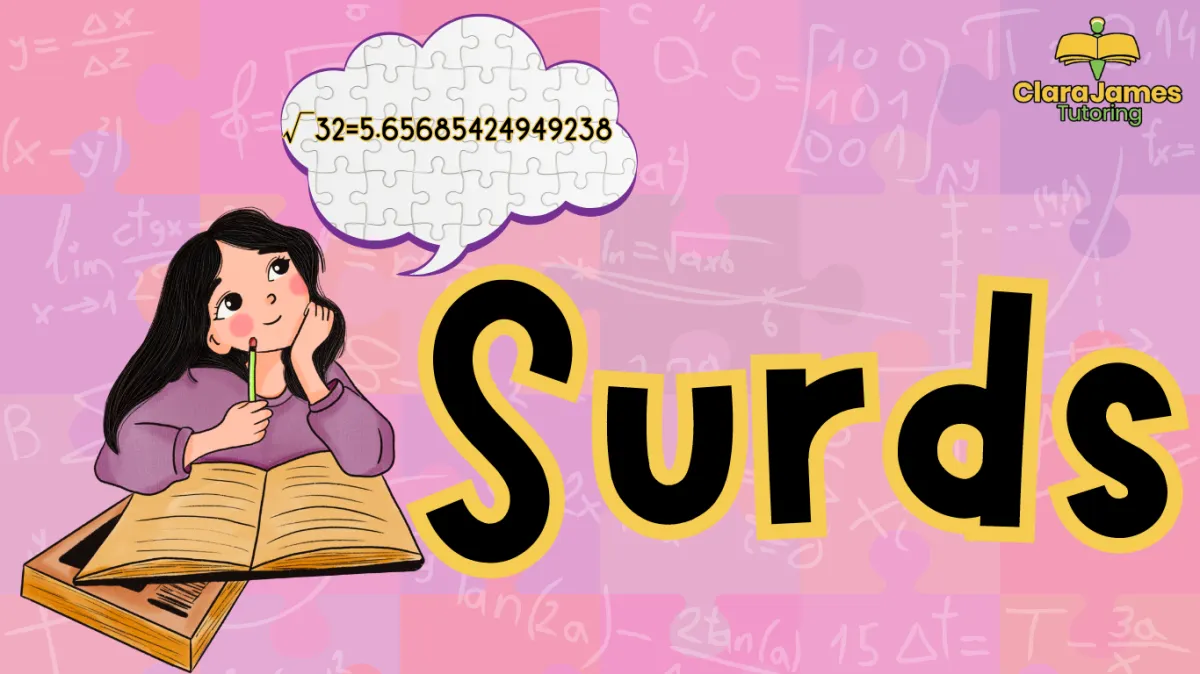
Surviving Surds
Surds: a number that when square-rooted would leave you with a decimal
I was chatting with a year 9 girl the other day who has just done her end of year tests and she apparently had spent ages revising surds, but only 2 questions came up on the subject. It was pointed out that I hadn’t actually done a video on surds. She told me that I should.
She wouldn’t watch it as she had already learned them, but I should do a video.
So, that is on my to-do list but in the meantime, the basics of most surds is simplifying them.
Going back to the beginning, let me suggest that you are asked to simplify √63
Start by writing down the factors of 63. I normally do them in pairs:
1 x 63
3x21
7x9
Now pick the pair that contains the square number.
In this instance 7x9
Square root the 9 and put it to the front of the surd: 3√
And put the 7 inside: 3√7
That’s √69 simplified.
That is also the basics for adding and subtracting surds.
So, if I’m asked to work out √69 + √175
I can start by simplifying the √69: 3√7
At GCSE level at least the number behind the surd is always the same when asked to add or subtract.
So we can either write down the factors of 175:
1x175
5x35
7x25
The pair with the square number (7x25) also happens to be the pair that contains the 7.
So if you’re not sure, try dividing 175 by the number you already have behind the surd for the other part of the question and see what you get.
We now have 3√7 + 5√7 3+5 = 8 and the 7’s stay the same.
Our answer is: 8√7
I’ll do a video and explain it properly, but I hope that in a nutshell that makes sense.

